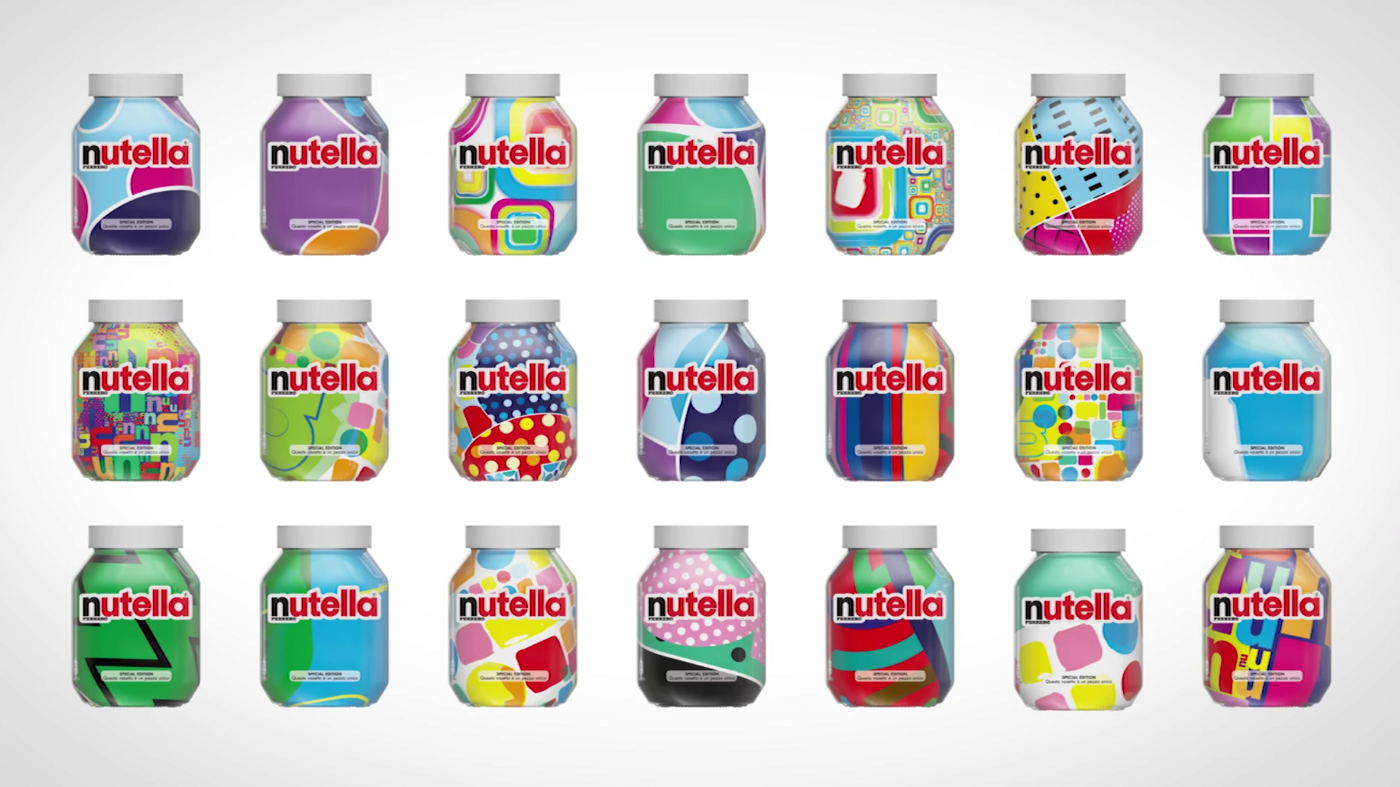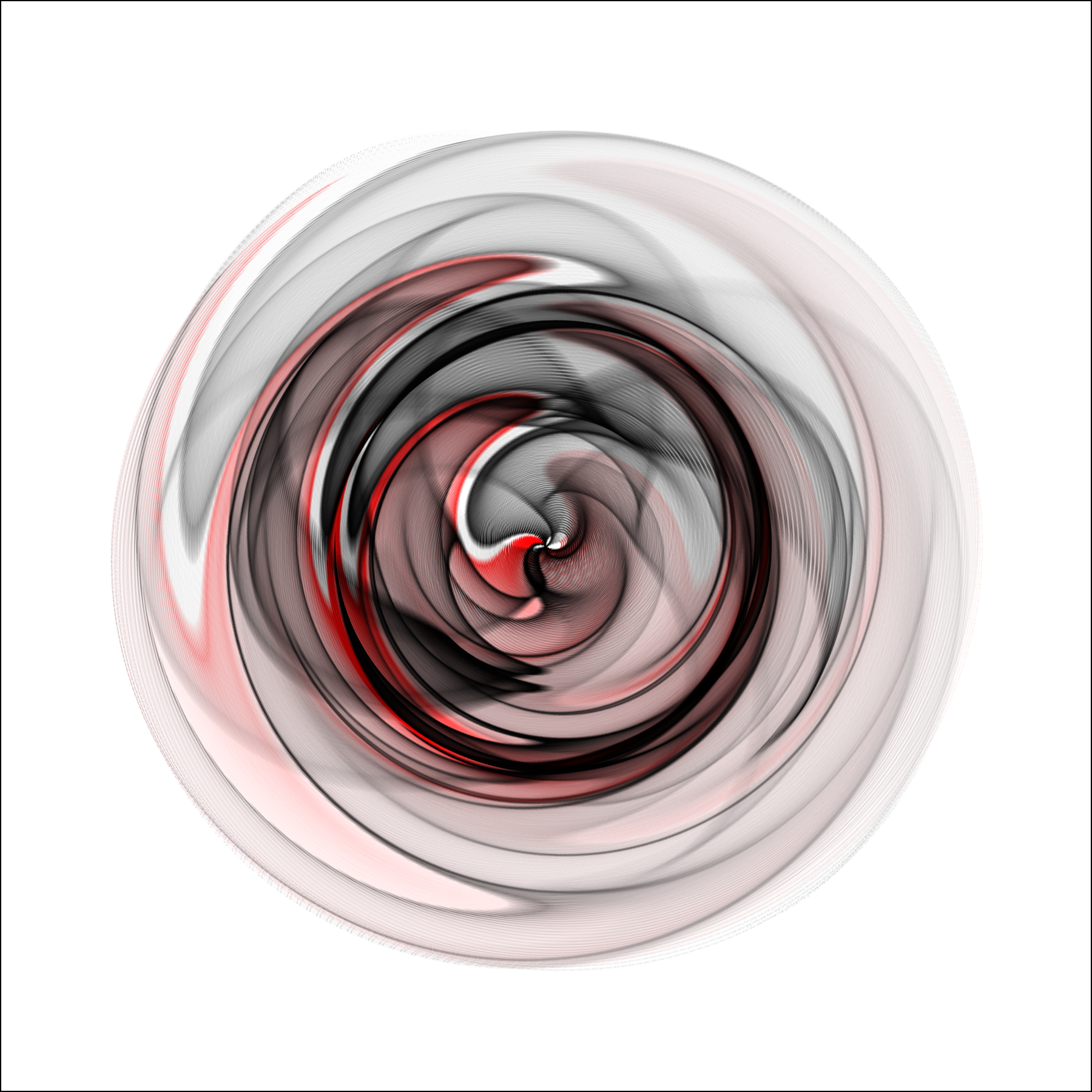The Future of Design: Exploring the Integration of AI as a Creative Ally
Designers must be attentive to the ongoing developments of AI and anticipate its impact on the industry to remain competitive and embrace AI as a creative ally.

Within the design industry, there is a growing sense of apprehension regarding the swift progression of Artificial Intelligence (AI) and its potential to eventually displace designers from their positions. While the immediate threat posed to most designers by AI remains limited, it is imperative that they remain attentive to its ongoing developments, anticipate the impact it may have on the industry, and consider AI as a powerful and dependable creative ally.
Throughout history, humans have continuously strived towards devising machinery and technology to enhance productivity and simplify daily life. From rudimentary inventions such as the wheel to modern-day innovations such as smartphones, we have consistently adapted to and transformed our work and lifestyles in tandem with our technological advancements.
Design, as a field, is not immune to the influence of progress, and AI has already begun to affect the industry. By cultivating a deeper understanding of AI, experimenting with its functionalities, and embracing it as a tool, designers can position themselves favorably to address the evolving demands of the workplace and benefit from collaboration with an AI design partner.
Limitations of AI
The integration of AI in design has become a topic of much interest, debate, excitement and panic within the industry. While AI undoubtedly holds enormous potential in transforming the design process and enhancing creative outputs, it is essential to acknowledge the current limitations of AI before fully embracing it.
It's not great with emotion
One of the significant limitations of AI lies in its inability to accurately decode emotional cues. Humans possess a natural ability to recognize and decode emotions based on social cues, tone of voice, and other learned norms. In contrast, AI requires significant training to interpret emotional cues accurately. As such, designers working with AI must invest time in training it to detect and interpret emotions, enabling them to develop effective creative solutions that resonate with the target audience's emotional state.
Significant Training Before Creating Original Content
Moreover, AI requires a significant amount of training and exposure to generate original content. For instance, in music creation, designers must expose AI to basic rules of music theory and examples of compositions to ensure that it generates organized and coherent music pieces. This training ensures that AI generates content that is aesthetically pleasing, coherent and aligns with the designer's vision.
The effectiveness of AI is dependent on the amount of training (manifesting as the "dataset") invested in it. Designers must establish clear rules and frameworks to ensure that AI operates within the desired boundaries. For instance, while I was experimenting with generating music using AI, I spent months with the AI defining a framework within which it can work, and only providing relevant and appropriate examples of music that became the dataset that the AI built upon. This approach ensures that the AI generates creative outputs that align with the designer's vision while leveraging its full potential.
Allow me to share an instance of my experience collaborating with an AI design partner in music composition. For the purpose of generating a new music piece, I first compiled a comprehensive dataset (this took months). Following this, I introduced "seeds" which were my initial ideas regarding the basic melody and structure of the music piece. My AI partner then proceeded to build on these ideas, generating additional suggestions based on its analysis of the dataset.
During this collaborative process, I employed a selective approach to evaluate and refine the suggestions provided by my AI partner. I accepted some of the suggestions as they were, while rejecting others entirely. Additionally, I made modifications to some of the suggestions provided by the AI partner, based on my musical sensibilities, to create a final music piece that satisfied the desired aesthetic and emotional requirements. The end result was a harmonious and original composition...well...listen for yourself:
AI is Amazing at Recognizing Pattens
Artificial Intelligence has demonstrated remarkable aptitude in recognizing and analyzing patterns, a skill that designers are trained to master. In my opinion, the ability to identify even subtle visual cues that correspond with a target audience's emotional state is a hallmark of superior design expertise.
For instance, in a past design project, I created a piece for a blue-collar, male demographic in their 30s residing in the Midwest. The design brief mandated the conveyance of 'strength' and 'power.' My research focused on identifying visual cues that the target audience would quickly associate with the desired characteristics. Through deliberate experimentation, I settled on a "V" shape as the foundational design theme, which holds a classic association with the idea of a 'strong' male physique and the shape of a Harley Davidson engine, symbolizing 'power' and 'strength.'
However, if an AI partner were involved in the project, the "V" concept would have merely served as the seed, a foundation for training the AI to generate countless additional design iterations based on a design direction agreed upon by all stakeholders. This approach would allow the AI to leverage its pattern recognition ability to identify correlations between design elements and emotional responses to generate optimal design outputs.

How will the Role of the Designer Change with AI?
The design industry has experienced significant shifts over the past decade, with changing expectations regarding the definition of a designer's role. Specialized designers, once prevalent in the industry, have given way to a more generalized skill set. A designer must now be a "T-Shaped" designer who possesses a breadth of knowledge in UX principles, product strategy, visual design, interaction design, and even UX Research to be considered competitive.
As the industry continues to evolve, I predict that the role of AI in design is will transform designers into curators rather than creators. A Creative Director, for instance, may provide a seed idea and a brand strategy to a design team to generate jaw-dropping iterations and discover exceptions. However, if an AI tool were involved, it would generate numerous iterations based on the creative brief, the majority of which may not align with the design objectives.
In this scenario, a trained designer would step in to evaluate the output, assess the business objectives, understand the audience's emotional state, and make design decisions accordingly. The designer would work collaboratively with the AI tool to create a visual system that generates artifacts that are on strategy, thus becoming more of a visual system designer than an individual artifact designer.
Therefore, the future of design lies in the collaboration between designers and AI tools, generating visual systems that implement generative design based on human ideation and input. This approach enables designers to leverage AI's ability to generate multiple iterations while preserving the designer's artistic sensibilities and expertise to create coherent and emotionally resonant design outputs.
Creating Original Content with AI

As previously mentioned, one of the primary challenges of working with AI is training the AI. However, another significant hurdle is training oneself to understand and utilize AI effectively. This difficulty is exemplified by my experience in generating the art piece "Seed_7001" using AI, which proved to be a challenging undertaking.
The process of creating this art piece required me to learn the N programming language, which is an essential prerequisite for working with AI. Further, I utilized a formula as the basis for generating the art piece, which looked something like this:
The formula, combined with variables that incorporate color, polar coordinates, and size, produced results that required further refinement to align with my vision. Thus, the process of generating the final art piece required extensive tweaking of the code to attain the desired results.
Is this Ethical?
The creative outputs generated through collaboration with AI tools raise an age-old question in a new context: Who can claim authorship and legal rights to the final product? Can the designer take credit for the art piece "Seed_7001" or the music composition "Tables"? Can the designer sell the generated outputs?
The issue of crediting AI-generated outputs gained attention with the emergence of the #nofilter tag, which sought to distinguish between digitally altered and unaltered photographs. This development highlighted the complexities inherent in crediting AI for creative outputs, and how it affects the perception of the author's creative expertise.
For instance, if a filter significantly enhances a photograph, does the photographer receive the credit for producing the final artifact? Or should the credit go to the AI tool that enabled the creation of the filter? Further, does it matter if the photographer did not spend significant time and resources in capturing the perfect lighting or ambiance for the shot?
While the answers to these questions remain ambiguous, they underscore the importance of considering the role of AI in creative outputs and its impact on authorship and ownership of creative works. As the design industry continues to integrate AI tools into the creative process, it is vital to explore the implications of these developments, both for designers and the broader creative industry.
